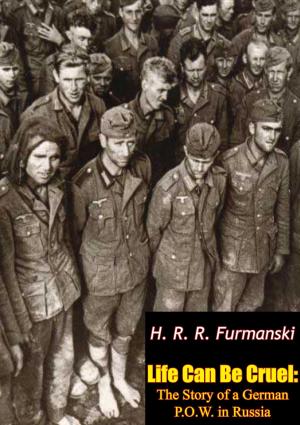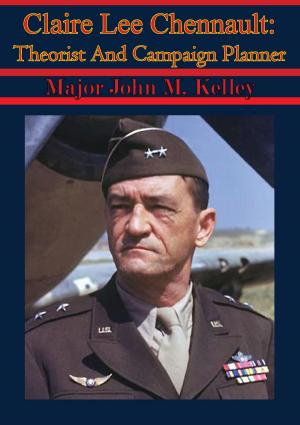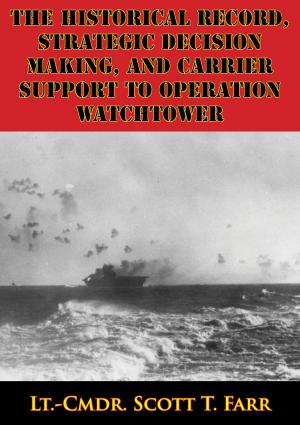Field Marshal William Slim And The Power Of Leadership
Nonfiction, History, Germany, European General, Military, United States| Author: | Major Frederick A. Baillergeon | ISBN: | 9781786253538 |
| Publisher: | Verdun Press | Publication: | November 6, 2015 |
| Imprint: | Verdun Press | Language: | English |
| Author: | Major Frederick A. Baillergeon |
| ISBN: | 9781786253538 |
| Publisher: | Verdun Press |
| Publication: | November 6, 2015 |
| Imprint: | Verdun Press |
| Language: | English |
On 15 January 1942 the Japanese invaded Burma. Within months, the Japanese occupied the country and forced the Allied forces to conduct a brutal retreat into neighboring India. During the next three and one half years, both forces continued to fight in a campaign with the Allied forces retaking Burma in May 1945. One of the principle figures in this turnaround of the Allied Force was Field Marshal William Slim. During the Burma Campaign Slim served in several key leadership positions culminating as the 14 Army Commander. This focus of this study is to determine the role Slim played in the reconquest of Burma. Specifically, how did Field Marshal William Slim’s organizational leadership actions (as defined in the U.S. Army leadership manual, FM 22-100) while serving as the 14 Army Commander, contribute to the Allies reconquest of Burma during World War II? It is hoped that the findings of this study will be of value to leaders of all levels currently fighting the Global War on Terrorism.
On 15 January 1942 the Japanese invaded Burma. Within months, the Japanese occupied the country and forced the Allied forces to conduct a brutal retreat into neighboring India. During the next three and one half years, both forces continued to fight in a campaign with the Allied forces retaking Burma in May 1945. One of the principle figures in this turnaround of the Allied Force was Field Marshal William Slim. During the Burma Campaign Slim served in several key leadership positions culminating as the 14 Army Commander. This focus of this study is to determine the role Slim played in the reconquest of Burma. Specifically, how did Field Marshal William Slim’s organizational leadership actions (as defined in the U.S. Army leadership manual, FM 22-100) while serving as the 14 Army Commander, contribute to the Allies reconquest of Burma during World War II? It is hoped that the findings of this study will be of value to leaders of all levels currently fighting the Global War on Terrorism.





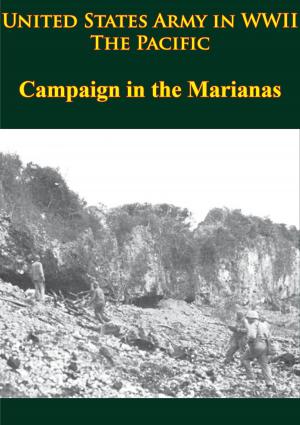
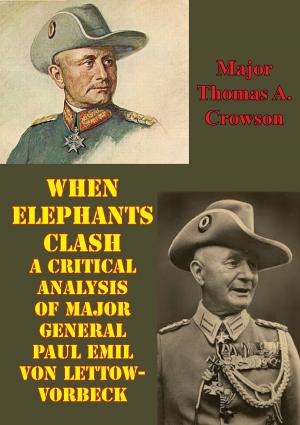
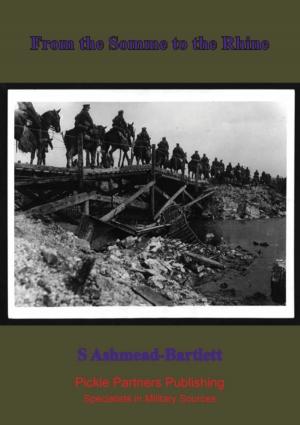
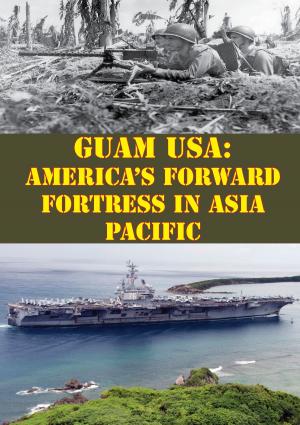
![Cover of the book The Coldstream Guards, 1914-1918 Vol. II [Illustrated Edition] by Major Frederick A. Baillergeon](https://www.kuoky.com/images/2015/november/300x300/9781786251008-rNDq_300x.jpg)
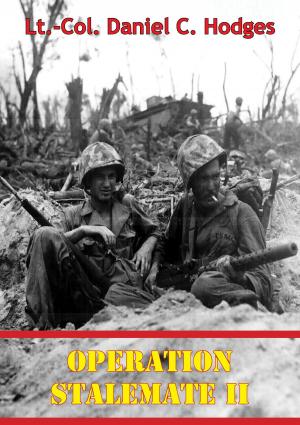
![Cover of the book Battle For The Solomons [Illustrated Edition] by Major Frederick A. Baillergeon](https://www.kuoky.com/images/2015/november/300x300/9781786251848-l00S_300x.jpg)
